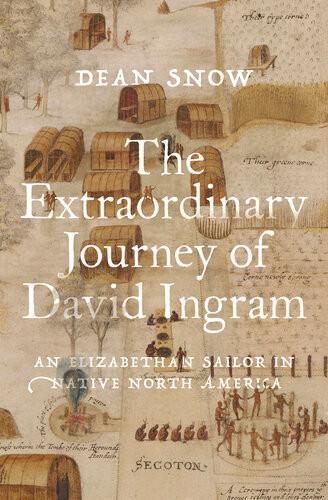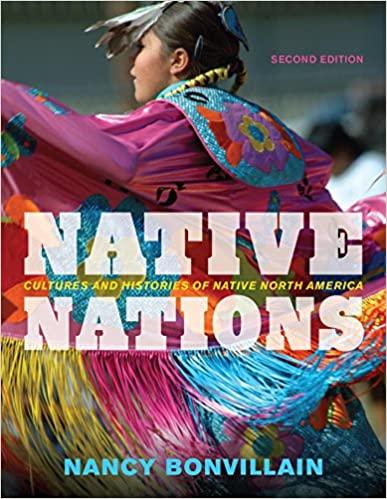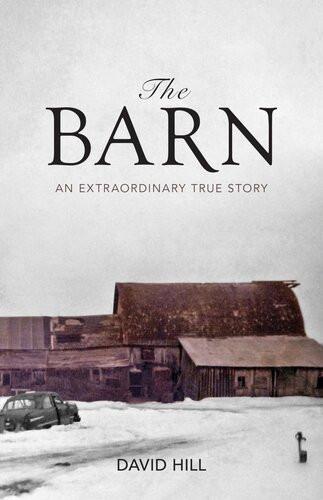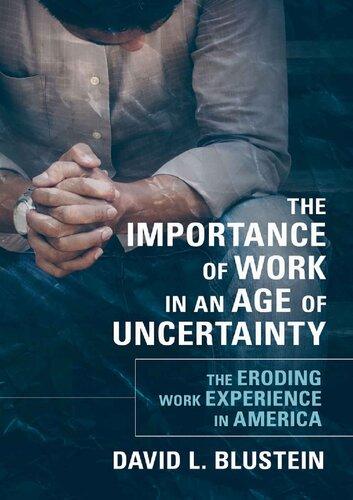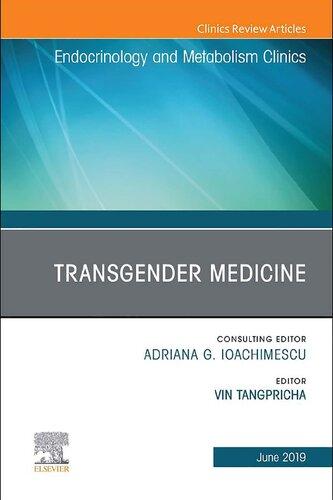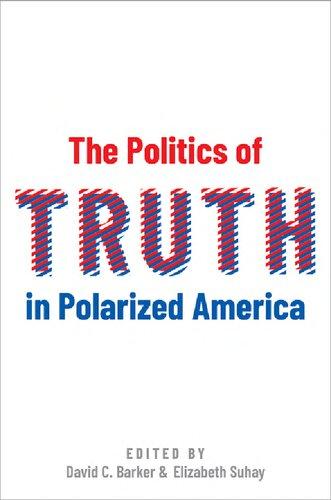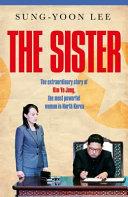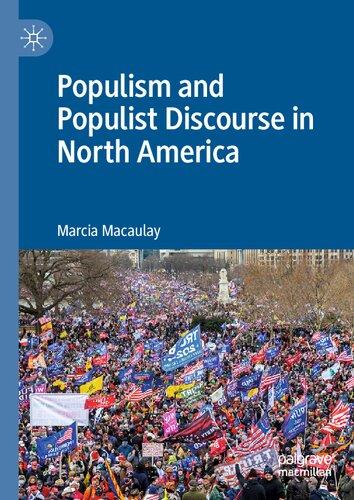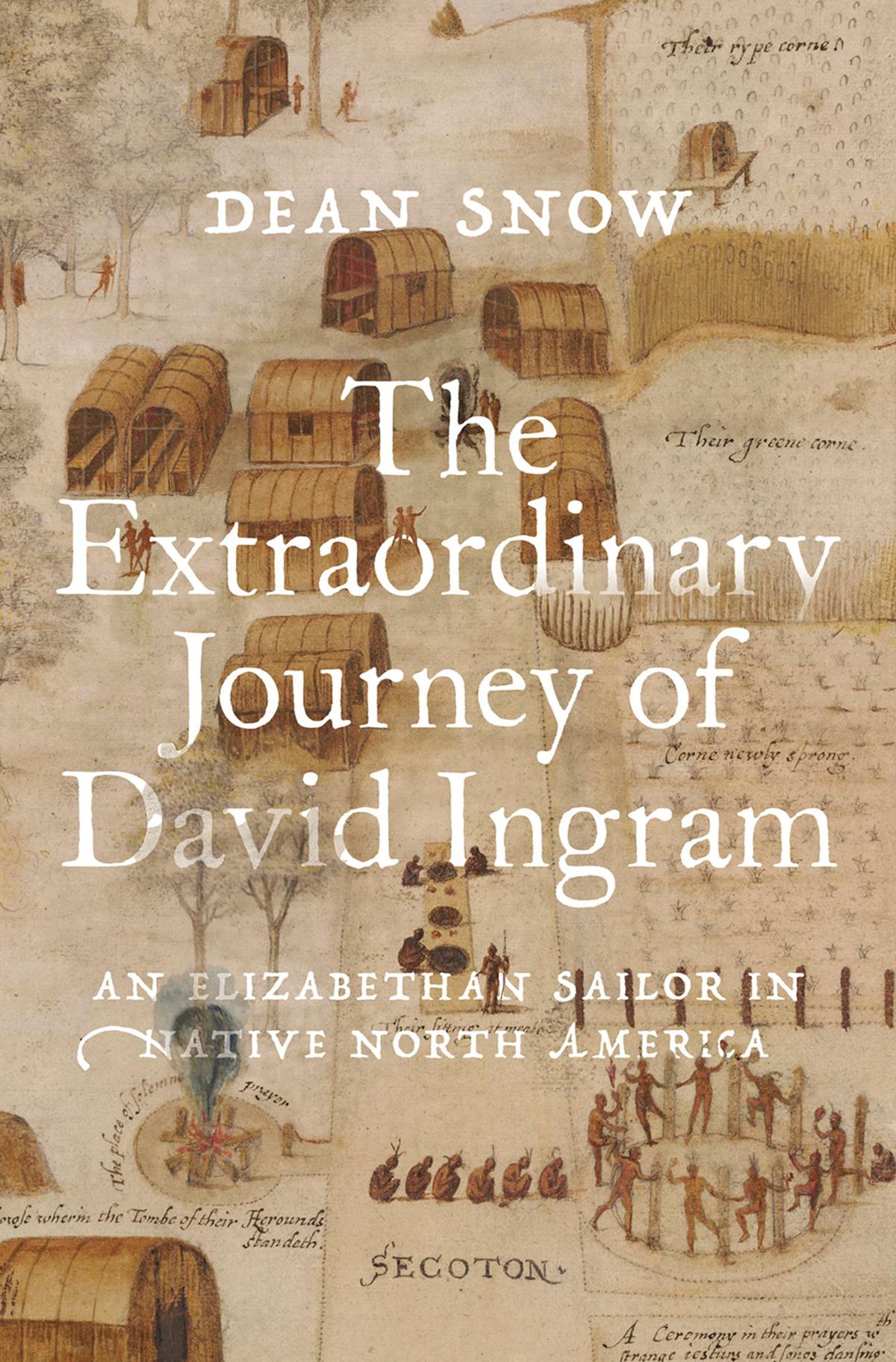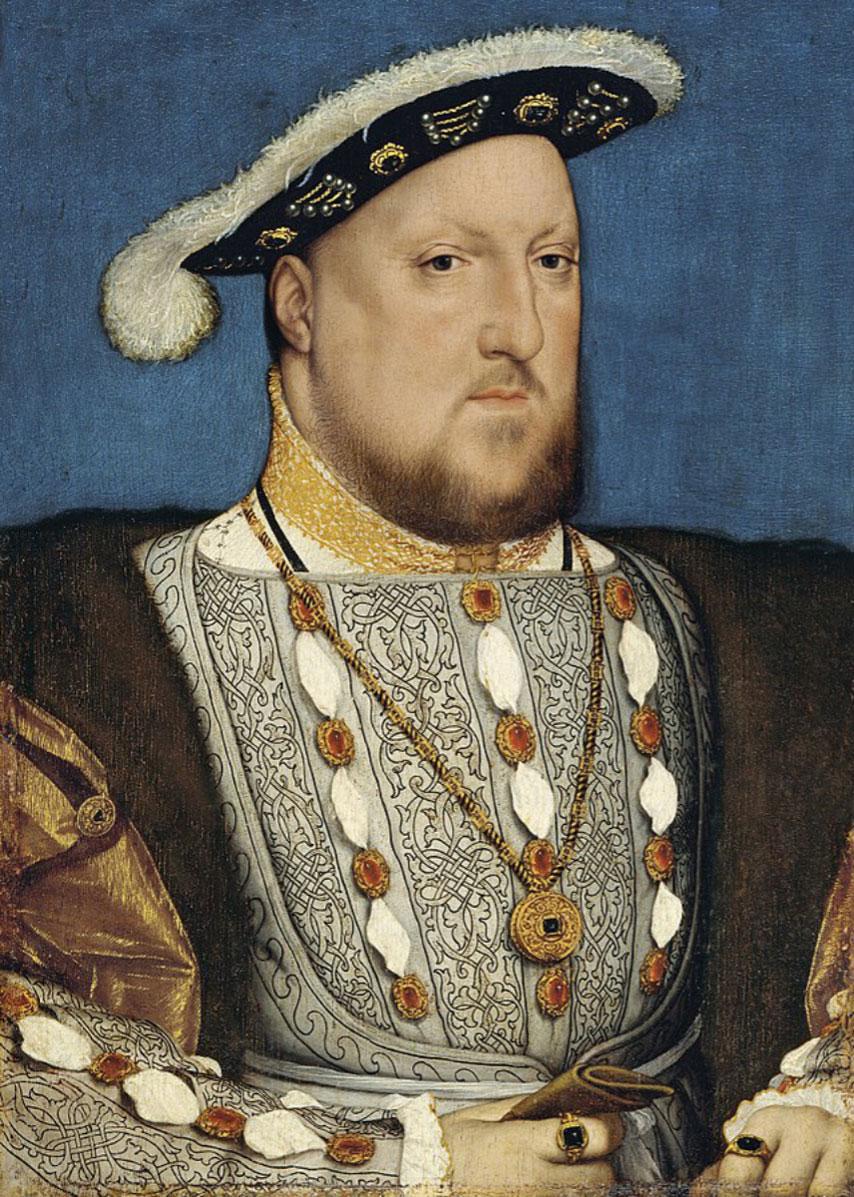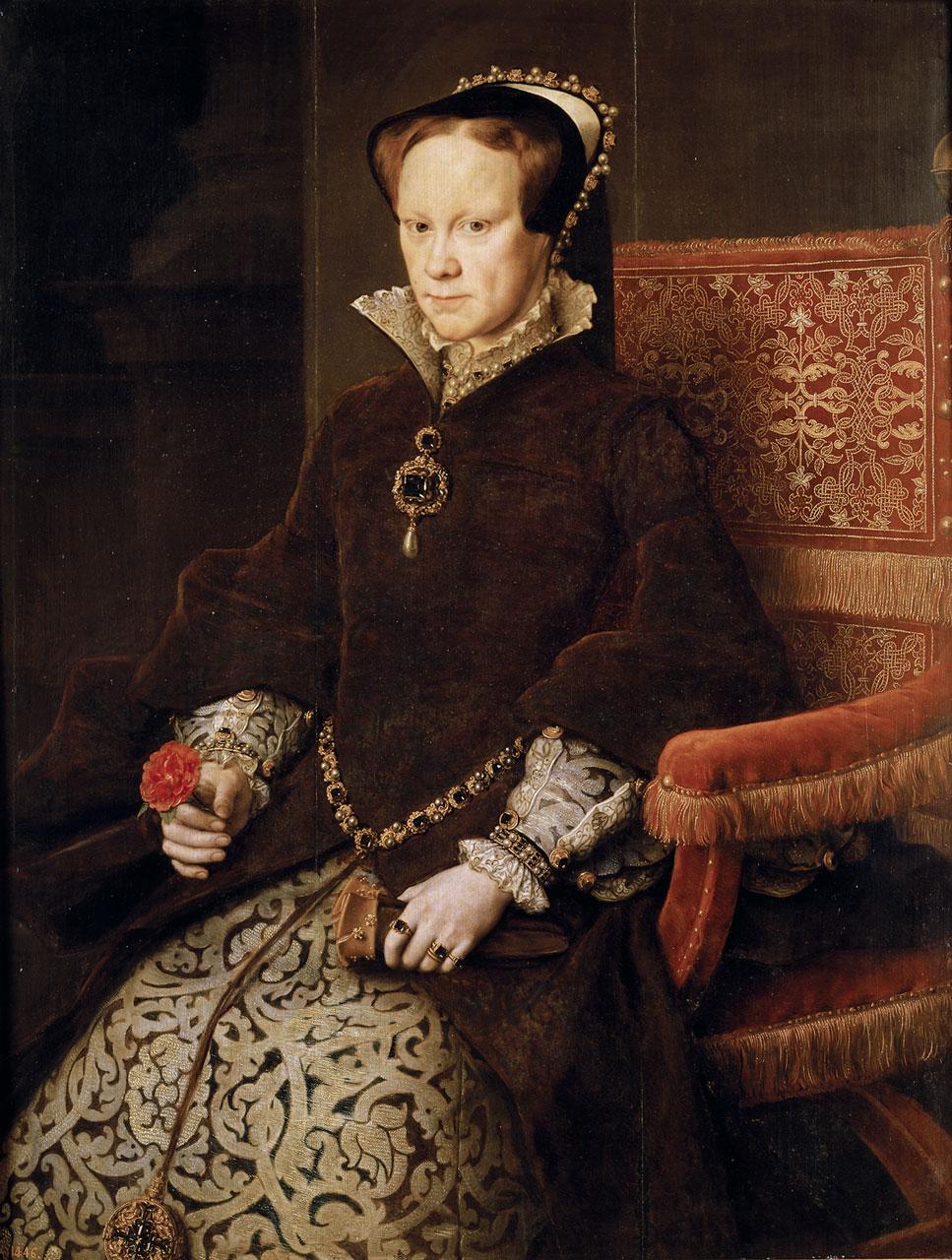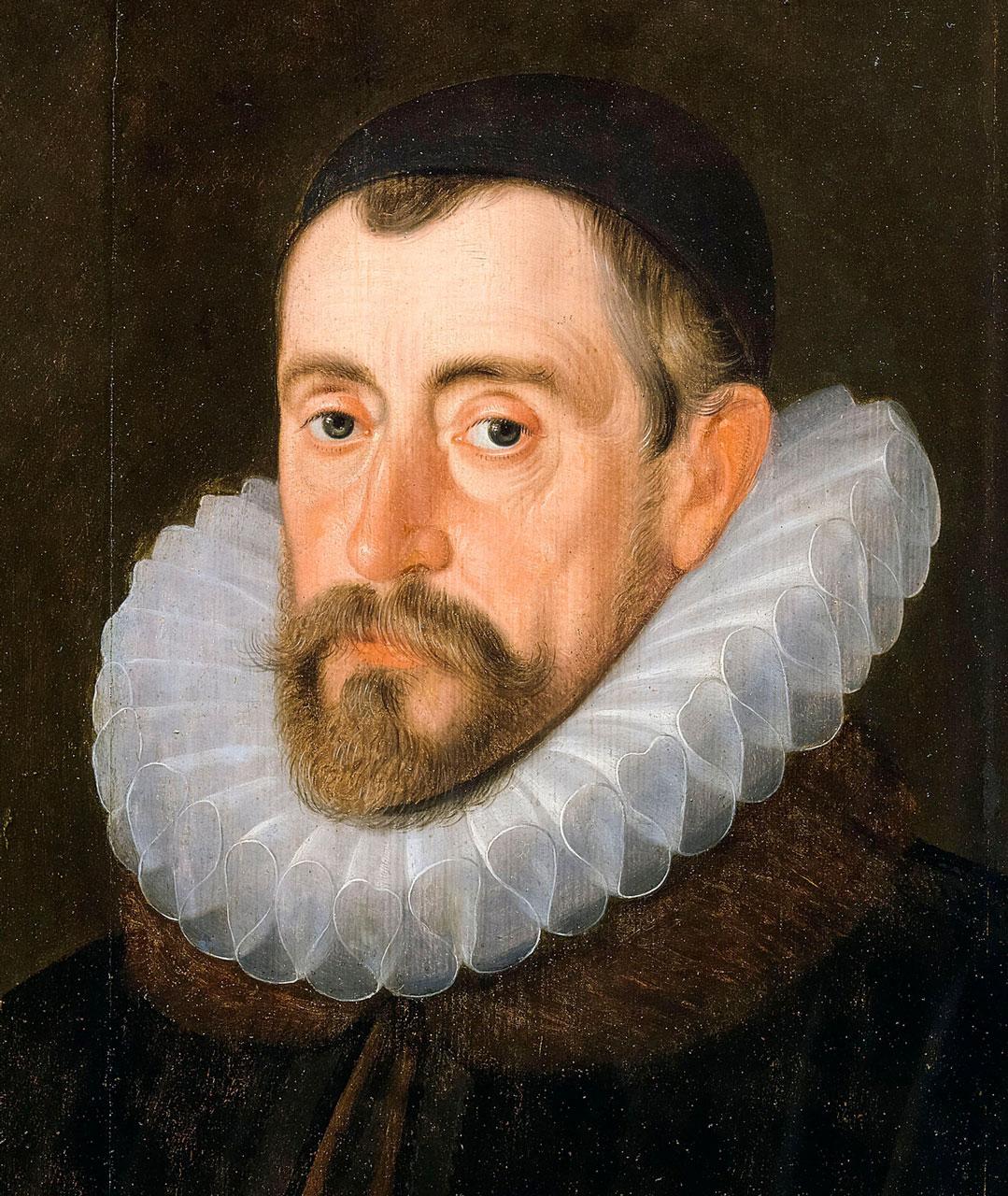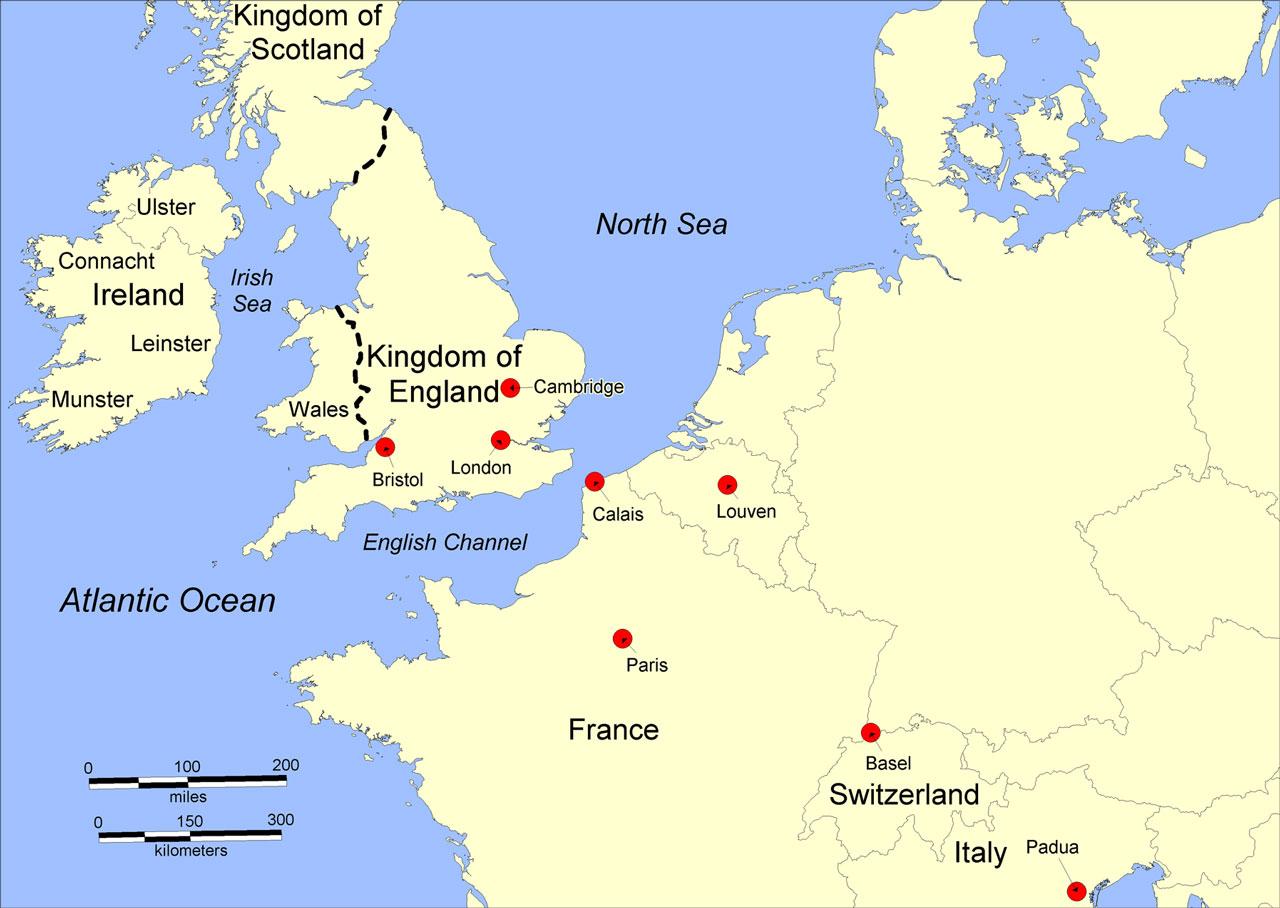THE EXTRAORDINARY JOURNEY OF DAVID INGRAM
AN ELIZABETHAN SAILOR IN NATIVE NORTH AMERICA
DEAN SNOW
Oxford University Press is a department of the University of Oxford. It furthers the University’s objective of excellence in research, scholarship, and education by publishing worldwide. Oxford is a registered trade mark of Oxford University Press in the UK and certain other countries.
Published in the United States of America by Oxford University Press 198 Madison Avenue, New York, NY 10016, United States of America.
© Oxford University Press 2023
All rights reserved. No part of this publication may be reproduced, stored in a retrieval system, or transmitted, in any form or by any means, without the prior permission in writing of Oxford University Press, or as expressly permitted by law, by license, or under terms agreed with the appropriate reproduction rights organization. Inquiries concerning reproduction outside the scope of the above should be sent to the Rights Department, Oxford University Press, at the address above.
You must not circulate this work in any other form and you must impose this same condition on any acquirer.
CIP data is on file at the Library of Congress
ISBN 978–0–19–764800–1
eISBN 978–0–19–764802–5
DOI: 10.1093/oso/9780197648001.001.0001
To Janet Charlene Snow
Contents
Preface
1. Introduction
2. Ingram in the 1560s
3. Ingram in Africa
4. Ingram in the Caribbean and the Gulf of Mexico
5. The Long Walk: Autumn 1568
6. The Long Walk: Winter 1568–1569
7. The Long Walk: Spring 1569
8. The Long Walk: Summer 1569
9. The Return: Autumn 1569
10. Ingram in the 1570s
11. Ingram in the 1580s
12. Ingram’s Legacy
Appendix
Notes
Sources
Index
Preface
An Elizabethan sailor named David Ingram was cast away by the queen’s slaver in 1568. In 1690 he was cast away again by his first editor, Richard Hakluyt. As a consequence, Ingram was repeatedly cast away as a liar by modern historians. Fortunately, a trio of key archival sources have survived, and their evidence shows that Ingram’s remarkable story was a true account of one man’s journey in the age of European discovery.
David Ingram was an ordinary man who lived an extraordinary life. Unfortunately, he has been vilified and condemned as a fraud and a liar by generations of historians for over four centuries. Once a reputation has been disgraced, it is easy for any number of others to follow the lead set by precedent and endlessly repeat the verdict. The loss of reputation, and sometimes freedom, can be swift, and its restoration can take a very long time. Here are just two examples of many condemnations in the Ingram case. “There are shreds of truth in what Ingram said, but most of his story was fantasy.” “Verrazzano labeled the Penobscot River ‘Norumbega’ and David Ingram concocted an elaborate fantasy about the place 60 years later. Ingram’s imaginary fairyland never existed, but it helped stimulate interest in English colonization.” I wrote those lines in 1978, as a young scholar following the views established and maintained by leading scholars. I was wrong, not once but twice. Scholars should admit their mistakes, especially when they are repeated.
David Quinn, with whom I had brief correspondence in 1978–1980, was an exception to the traditional casual dismissal of Ingram’s testimony. The redoubtable Quinn was apparently the only one who really studied the manuscripts that recorded Ingram’s 1582 interrogation. Over the centuries, almost everyone else depended on Richard Hakluyt’s badly flawed but more legible published version.
However, even Quinn did not notice that the first 18 of the 84 entries in the most original manuscript all pertain to Ingram’s time in Africa. He did not notice that Ingram had started his story with Africa in his 1582 interrogation. This might be because Quinn was not familiar enough with African ethnology to detect this important feature of the manuscript. Nevertheless, Quinn sensed that there might be more there than was generally appreciated in Ingram’s testimony. In 1979 he wrote, “Ingram lied in things greater or smaller, but his tales of North America in the 1580s may have just sufficient substance to repay some further research by scholars with time on their hands.” That observation has lingered in the back of my mind for over 40 years. Quinn died in 2002, not knowing how right he was about Ingram.
The primary reason that dismissal of Ingram has continued is that historians, like archaeologists and other practitioners of the historical disciplines, find that they must depend upon each other for reliable examinations and evaluations of primary evidence. There is simply too much of it to allow scholars to become intimately familiar with all the primary evidence underlying their generalizations and conclusions. Conclusions about historical events are sometimes contested, but this more often takes the form of critical exchanges of opinion rather than as attempts to reproduce results using the same evidence. The same problem burdens the sciences, except that in science one more frequently finds repeated testing of fundamental observations and conclusions, rigorous peer review of reported findings, attempts to reproduce results, and explicit retraction of flawed studies. In the long term, science has proven to be selfcorrecting in ways that too often historiography is not.
It is possible that young historians have seen Quinn’s observation and have contemplated pursuing a reevaluation of David Ingram’s story. They have been wise to avoid it, partly because there was always a good chance that the evidence would show that Ingram truly was a liar or that the evidence would be insufficient to show much of anything at all. This is also the kind of project that should only be taken on by an established scholar old enough to safely ignore such risks. Some of what is written in this book will not be
well received by academics who have already invested in a negative view of Ingram, as I did in the 1970s. However, the evidence refuting that generally accepted view is all laid out in the chapters that follow. If I fail to persuade, the fault will not be with the evidence.
To the extent that I have succeeded in rescuing the valuable words of a long-dead explorer, I owe a huge debt to family and friends who have encouraged my decision to avoid living an unproductive retirement. Jan Snow, Kate Snow, and Mary Snow all read and helped make multiple versions of the manuscript clearer and more accessible. Three anonymous reviewers and my editor, Stefan Vranka, also saw multiple versions, and without them I would not have been able to produce an acceptable manuscript. Chris Breault, Barb Snow, Matt Vannelli, Josh Snow, Adrienne Costa Snow, Doug Gonzales, Barb Peterson, and Julie Whitney have all helped me to stay focused on David Ingram’s story. They did so with unassuming generosity. My seven grandchildren have inspired me constantly, mainly by asking pointed questions and by simply being the unique people they already are.
To the extent that I have been able to avoid error here I owe my sincere thanks to the able critics in my family and in my circle of friends. Many of my friends are also professional colleagues. I am especially grateful to Jerald Milanich, Stanley Bond, David Guldenzopf, James Herbstritt, William Starna, Marianne Mithun, Ives Goddard, Micah Pawling, Philip Jenkins, Henry Miller, Julia King, Lorena Walsh, Joanne Bowen, Heather Lapham, Melinda Zeder, Susan Moore, Kaitlyn Krieg, George Chaplin, and Matthew McKnight for help that each of them probably regard as minor assistance but without which I would have been vulnerable to blunder. I have also had the help of many anonymous people working in museums, libraries, archives, and the media, people who love their work, do it well, and rarely receive the credit they deserve.
I am mindful that good authors invariably need excellent editors. David Ingram was incapable of writing his own account, and he was ill served by his editor, Richard Hakluyt. I have been much luckier. Stefan Vranka has been unfailingly supportive and highly skilled in
coaching me through this and my previous book project with Oxford University Press. Tamsin Ballard, Jeremy Toynbee, Sean Decker, Patterson Lamb, Bob Land, and their able colleagues at OUP all made critical contributions, earning my profound thanks and my enduring admiration.
1
Introduction
In autumn 1567, a small fleet commanded by John Hawkins had sailed from Plymouth, England, with just over 400 men. Hawkins, who would come to be known as the queen’s slaver, was launching his third slaving expedition, which he hoped would be as lucrative as the previous ones. David Ingram was one of the mostly anonymous able-bodied seamen manning the ships. Ingram, called Davy by his friends, had left the world of Elizabethan England as an ordinary seaman on a slaving expedition that took him from his familiar world, across the Tropic of Cancer to West Africa, then across the Atlantic to the Caribbean Sea. This second destination was what Columbus had called ElOtroMundo, the other world.
Almost a year after leaving Plymouth, a hurricane forced all but one of the ships to seek refuge in a hostile Spanish harbor on the Mexican Gulf Coast. After a furious battle, only two of the English ships escaped destruction, and half of the fleet’s 400 men were either killed or captured. The larger of the two surviving ships was overloaded with most of the surviving half, but it had too little food for them all to endure a difficult voyage back to England. One hundred of them elected to be put ashore. Of those, half soon decided to turn themselves over to Spanish authorities and take their chances in captivity while the other half tried to escape northward. Half of those who initially went north soon turned back to join the others headed for captivity. Of the 26 who continued northward, only Ingram and two other men survived their walk of more than 3,600 miles to eventually be rescued 11 months later.
In the years that followed his return, no one doubted that David Ingram had been put ashore near Tampico, Mexico, in October 1568. No one doubted that Ingram was rescued by a French ship on the Bay of Fundy about a year later. Those facts were and are still certain. But the period between landing and rescue has generated considerable curiosity, controversy, and uncertainty. It has been an enigma for more than four centuries.
After returning to England in 1570, Ingram and the other two sailors, Richard Browne and Richard Twide, had gone back to work. Once the surprise of seeing them return alive wore off, their celebrity faded. Over a decade went by. During that time, Twide left sailing and found less dangerous work ashore at Ratcliff, in what is now the Limehouse section of London. He died there in about 1579. Browne went back to sea but was killed aboard the Elizabethin 1578.1 That left David Ingram as the only surviving veteran of the long walk from Tampico to New Brunswick, the only living Englishman with any substantial experience in the interior of eastern North America. But Ingram’s knowledge of America was of little interest in England for as long as official interest in colonization there was left to the Portuguese, Spanish, and French.
English interest in the colonization of North America was ripening by 1582. A dozen years after Ingram’s return, officials of Queen Elizabeth’s administration and some leading investors finally sought him out for his unique insights into this foreign continent.
Leading explorers and investors approached Queen Elizabeth for permission and for support of a proposed venture. No one was certain about what resources, costs, perils, or opportunities faced the enthusiastic but poorly informed gentlemen of Elizabeth’s court. An effort was launched to acquire as much information as possible for the planning of what would certainly be a costly and dangerous colonizing venture. David Ingram turned out to be a key source in that effort.
Ingram’s story, his long walk through eastern North America at its core, plays out through the chapters that follow. However, that story is embedded in the wider history of the Age of Discovery. The
threads of that wider history seriously corrupted Ingram’s story in multiple ways, rendering it almost fatally incoherent. As a consequence, in telling Ingram’s story it is necessary to disentangle those threads. The story, after all, was not independent of the context of Ingram’s times. In that sense, it all began with an interrogation.
The Interrogation
On a day in late August 1582, Ingram found himself seated before a panel of distinguished gentlemen. They were a mix of officials from the court of Elizabeth, some promoters of colonization in America, and a few less prominent men who had some firsthand knowledge of the things that were to be the subjects of Ingram’s interrogation.
Ingram was facing Francis Walsingham, the queen’s intimidating secretary of state, arguably the second most powerful figure in England, and a panel of other leading men. Walsingham had learned that Ingram purportedly knew much about the people and the resources of the east coast of North America. The interrogation was scheduled for late August and early September 1582.2
George Peckham, a wealthy Catholic investor, was the second man certain to have been in attendance at Ingram’s interrogation. He reappears repeatedly in Ingram’s story. The adventurer and wouldbe colonist Humphrey Gilbert and his employee John Walker were probably present for at least part of the interrogation. Richard Hakluyt, or his agent, was also there. Miles Phillips, another survivor of John Hawkins’s third voyage who had recently escaped from the Spanish, was probably present at the interrogation. Phillips was educated and able to vouch for what Ingram said so far as what had happened before they parted company in October 1568. For what happened after that, Phillips was as dependent on Ingram’s testimony as anyone else present.
Walsingham had brought a list of seven questions to Ingram’s interrogation:
Certain questions to be demanded of Davy Ingram, sailor, dwelling at Barking in the county of Essex what he observed in his travel on the North side of the River of May, where he remained three months or thereabouts.
Imprimis: how long the said Ingram traveled on the north side of the River of May.
Item: whether that country be fruitful, and what kind of fruits there be.
Item: what kinds of beasts and cattle he saw there.
Item: what kinds of people there be and how they be appareled.
Item: what kinds of buildings and houses they have.
Item: whether there is any quantity of gold, silver and pearl and of other jewels in that country.
Item whether he saw a beast far exceeding an ox in bigness.3
The interrogators were intelligent, but they were also largely ignorant of both relevant background evidence and what they would hear from Ingram. It is often the case in such situations that the less people know, the more certain they are of their limited knowledge. Charles Darwin said it well three centuries later: “Ignorance more frequently begets confidence than does knowledge.”4 It is a shortcoming of all human beings, but it is one that can be overcome by an appreciation for new information.
The assembled gentlemen hoped to have their sketchy knowledge filled out by Ingram’s testimony.5 The panelists expected that Ingram would be able to confirm what they thought they already knew and then help them expand upon that knowledge. What they thought they knew was colored by bias and misperception, but at least some of them were prepared to test their own assumptions and be receptive to unexpected new evidence. Others on the panel were more inclined to ask leading questions and to construe what they heard to serve their own political agendas.
They were also wary of the possibility that Ingram was just another travel liar, a man who profited from inventing, or at least embellishing, experiences beyond the horizon of their ordinary world. The Age of Discovery produced some notable travel liars, as has every century since. Even Amerigo Vespucci, for whom two continents were later named, has been accused of deception. Percy
Adams included Ingram in his 1962 rogue’s gallery of travel liars.6 While most of Adams’s condemnations are probably deserved, a few amount to nothing more than undeserved character assassination. Ingram is the most notable among the undeserving. It turns out that the confusion about Ingram’s description of his travels was the fault of those who recorded and edited his testimony, not Ingram himself. Ingram was a common sailor, and most likely functionally illiterate. Walsingham and other questioners were literate and well educated by the standards of the day. The tone and confusion of the manuscript records suggest that the interrogators did not bother to adequately explain what they were seeking from Ingram. To them he was only an informant, and it is likely that in their estimation, the purpose of the interrogation was beyond his need, and probably beyond his capacity, to know and understand. They had little prior knowledge, some of it wrong, and this was made worse by the social distance between Ingram and his gentlemen interrogators. Understanding who David Ingram was, who the formidable gentlemen he now faced were, and why they were so interested in his story requires a brief excursion into English history prior to 1582.
1582 Background
David Ingram was born in 1542, when the future Queen Elizabeth was nine years old. Ingram was a commoner, destined for little or no education and a career as an ordinary sailor. When he was born, England was ruled by Henry VIII (1491–1547), the second Tudor king, about whom much has been written. Henry famously had six wives, more or less one after the other, and Elizabeth was the daughter of Anne Boleyn, the second of them. Elizabeth had an older half-sister, Mary, the daughter of Henry’s first wife, Katherine of Aragon, whom Henry had divorced. Ingram grew up in these tumultuous years, reaching manhood by 1558, when Elizabeth became queen of England. By 1582, at the age of 40 and his long walk in North America a dozen years behind him, Ingram found
himself seated before a panel of powerful men, some of whom served the queen and some of whom sought her favor.
The cultural and political circumstances that surrounded David Ingram in 1582 were largely the consequence of events during the reigns of King Henry VIII and his successors (Figure 1.1).7 Henry had quickly married Katherine of Aragon, his first wife and his brother Arthur’s widow, when he had become king in 1509. This kept the alliance between English and Spanish royalty alive. Katherine was 23 years old when the two set about the task of producing a new heir to the throne, which did not go well. Katherine gave birth to a stillborn girl in 1510. A boy, promptly named Henry, was born the next year, but he too died seven weeks later. These disasters were followed by two stillborn sons, until finally their daughter, Mary, was born in 1516. As a girl, Mary was not an entirely satisfactory heir, but she had the advantage of being a survivor.
Figure 1.1. Henry VIII. Public Domain via Wikimedia Commons. Hans Holbein, the Younger, around 1497–1543 Portrait of Henry VIII of England.
Henry VIII and Katherine were practicing Catholics. For the time being the reciprocal mechanisms by which church and state reinforced each other in European countries continued to function for them, while monarchs engaged in various political and military competitions. Katherine’s failure to produce a viable male heir helped lead Henry to become enamored with the much younger Anne Boleyn, the queen’s lady-in-waiting. Anne’s sister Mary had been one of Henry’s mistresses, but Anne was made of tougher stuff and refused to follow her sister’s example. She held out for a legitimate role. Beginning in 1527, Henry undertook to divorce Katherine. He sought a papal annulment on the curious grounds that his marriage to his brother’s widow had been against biblical law in the first place. Pope Clement VII balked for a variety of political considerations that were concealed behind pious arcane reasons.
The political rise of Thomas Cromwell in 1532 provided Henry with the ally he needed in Parliament, and Henry formally separated the Church of England from the Catholic Church in Rome.8 Henry thus became the head of a new independent Church of England. As the new master, he could now marry Anne Boleyn, which he hurriedly did in January 1533. His marriage to Katherine was officially annulled after the fact a few months later. Anne gave birth to daughter Elizabeth in September. The timing explains why Henry was in such a rush to marry Anne before his divorce from Katherine was finalized. The dodges and trickery that surrounded both of Henry’s first two marriages would eventually lead to claims that neither of his daughters, Mary or Elizabeth, was legitimate and thus was not eligible to inherit the throne. But these problems would not be fully deployed by English politicians until another two decades had passed (Figure 1.2).

Henry soon tired of Anne Boleyn, who, like his first wife, failed to produce a male heir. Anne was executed in 1536 for alleged adultery, along with several other members of the court. In that year, Thomas Cromwell began dissolving monasteries across Henry’s realm, a program of confiscation that brought huge new wealth into the king’s coffers. Henry’s greed trumped his piety, and heads rolled as Henry presided over the elimination of leading Catholics.
Henry married Jane Seymour soon after Anne’s execution. Jane at last produced the male heir, Edward, whom Henry so keenly desired. She died in childbirth, thus escaping whatever awful fate Henry might have later concocted for her. Henry went on to marry and divorce Anne of Cleves, to marry and execute Catherine Howard, and to marry Catherine Parr. The last Catherine, the most durable of his wives, had been twice widowed before marrying Henry, and she married again after his death in 1547.
It was into this context that David Ingram was born in Barking, Essex, in 1542, near the end of Henry VIII’s reign. Barking, now a suburb of eastern London, afforded employment opportunities for people of the lower classes even in the sixteenth century. Nothing is known of Ingram’s early years, but he grew up during the chaotic politics that followed the death of King Henry, his life conditioned by the politics of the remote Tudor monarchs of his time. Ingram might never have come in contact with any of them or their peers if not for the events of his career at sea.
Henry was succeeded by his son from his third marriage, Edward VI, but Edward lived only a few years as king. Edward’s older half-
Figure 1.2. The Tudor line from Henry VII to Elizabeth I. Figure by author.
sister, Queen Mary I (1517–1558) succeeded him and ruled from 1553 to 1558, during which time she earned the epithet “Bloody Mary” (Figure 1.3). Like her mother, Katherine of Aragon, Mary was a devout Catholic, and she attempted to roll back the religious reforms made by her father, Henry, and her half-brother Edward. The year following her accession she married King Philip II (Felipe) of Spain. While this was a powerful union that revived the EnglishSpanish alliance, Mary made sure she ruled England in her own right, the first woman to do so. This was facilitated partly by the age difference between the two: Mary was 37 and Philip 26.
Figure 1.3. Mary I. Public domain via Wikimedia Commons. Antonis Mot, Museo del Prado.
Mary’s marriage to Philip triggered a Protestant insurrection in England led by a man named Thomas Wyatt. This was suppressed and Wyatt was executed. Subsequently Mary persecuted Protestants more generally in an attempt to restore Catholicism as the state religion, burning hundreds at the stake in the process. She was soon widely detested. Her prospects did not improve when she undertook an unpopular and unsuccessful war with France. The war resulted in England’s loss of Calais, its last toehold on the continent. Mary died in 1558, possibly of cancer and largely unlamented.
Elizabeth I (1533–1603) ascended to the throne upon the death of her half-sister (Figure 1.4). Thus began the Elizabethan age. Elizabeth was a confirmed Protestant, so Mary’s attempts to restore Catholicism during her short five-year reign came to naught. Elizabeth was intelligent, attractive, and 25, a striking contrast with her middle-aged half-sister. She used these qualities to establish admiration and loyalty among those in government as well as among her subjects generally. During the first 12 years of her reign, she enforced Protestantism while also tolerating Catholicism, policies that did not diminish her popularity. Unfortunately, Pope Pius V dismissively declared Elizabeth as “the Pretended Queen of England,” and later dispatched Jesuit missionaries to England. These acts led to new penal laws to suppress Catholicism in young Elizabeth’s domain.
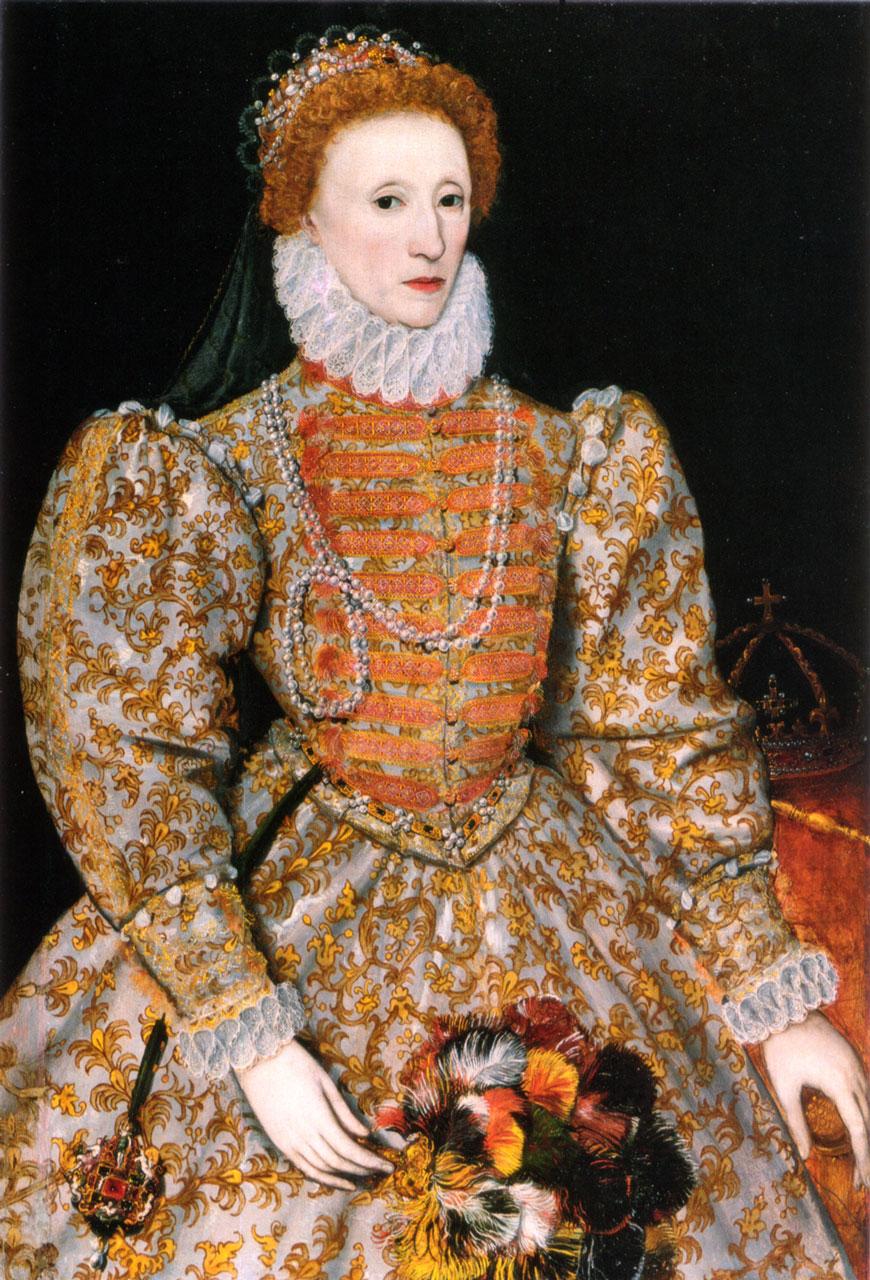

Figure 1.4. The Darnley Portrait of Elizabeth I, ca. 1575 when Elizabeth was 42. This youthful face was standardized on all her authorized portraits for many years. Public Domain via Wikimedia Commons. The “Darnley Portrait” of Elizabeth I of England.
David Ingram was a teenager during Mary’s reign, and it is not entirely clear where, if anywhere, he stood in the Catholic/Protestant disputes. Later evidence suggests that Ingram chose to avoid Spanish captivity at least in part because he feared the likely consequences of Protestant heresy. Most people like David Ingram lived near the bottom of the social scale, doing the best they could with a small set of skills that probably did not include functional literacy.9
Despite their often-lethal differences, the contending variants of Christianity in sixteenth-century England all derived their fundamental ideology from medieval roots. Christianity, of whatever stripe, provided its adherents with simple explanations of life and creation. It protected them from evil and promised them a pleasant afterlife in exchange for unquestioning devotion to orthodoxy. Faith comforted the ill, the bereaved, the dispossessed, and the merely unfortunate. It also explained the way things were in simple comprehensible terms. Such things included the rigid hierarchical nature of the prevailing social pyramid. However, all of this was put at risk by the many unexpected and unexplained discoveries of the sixteenth century.
De facto race-based slavery was well established by the beginning of Elizabeth’s reign. The notion of “race” as a contest of speed or as a fast-flowing stretch of water was well established in English before 1300, but its alternative definition as a recognizable group of people of common origin did not appear in English vocabulary until 1570.10 Thus the coincidence of the appearance of the idea of race as a biological category and the initial exploits of English slavers is telling. The smug belief of most English, most Europeans, by that time was that white people were the epitome of all things civilized, while black people were condemned by birth to permanent servitude. Elizabeth was said to epitomize the white ideal personally, her
complexion, as lily-white as the many pearls that decorated her, and her virginal purity being an example to all.11
David Ingram became a low-level participant in the slave trade, and because of that employment he became a source of information that would baffle many of those who heard it. His story generated a reactionary denial even among the open-minded of the day. Once established, that denial has persisted even until today. David Ingram’s story illustrates how easy it was for rationality to be thwarted in the sixteenth century, even in a time and place that was, compared to earlier centuries, relatively accepting of it. It also illustrates the ease with which error can persist for centuries. That outcome was conditioned not just by Elizabeth’s forebears but also by the people who surrounded her at court.
The Rise of Walsingham
Francis Walsingham was born in the midst of Henry VIII’s tumultuous courtship of Anne Boleyn. Part of that courtship, of course, was Henry’s assertion that England’s centuries-old allegiance to the papacy in Rome had been an illusion from the beginning. The 1533 Act of Appeals officially settled the matter by putting the Church of England under the sovereign, namely, Henry VIII. Walsingham grew up knowing no viable alternative. He went to King’s College, Cambridge, early in his youth, and he was there for at least two years. When young King Edward died in 1553, Walsingham found himself subject to Catholic Queen Mary and at the same time living in the political hotbed of the Protestant insurrection. In these risky circumstances, Walsingham decided to pursue his education abroad (Figure 1.5).12
Francis probably went to Padua, Italy, with other young Englishmen in 1554, moving on to Basel, Switzerland, a year later. These stays exposed him to both the evidence-based thinking of the
Figure 1.5. Francis Walsingham. Alamy 2C51WYJ. Francis Walsingham.
Renaissance and to the German Reformation. This also led him to an appreciation for the examination of evidence in the practical matter of solving problems. Walsingham learned to use his persistence and intelligence to find the evidence necessary to solve many practical problems. He consistently ignored the surpassing ideological orthodoxies that most people then used as shortcuts to easy but often false conclusions. People like Walsingham followed Leonardo da Vinci’s example, quietly practicing scientific reasoning and getting results that would change the course of history (Figure 1.6).13
Figure 1.6. Places mentioned in Chapter 1. National boundaries are modern. Figure by author.
The English students in exile were politically active, and Walsingham was both well educated and politically astute when he returned to England in 1559. The throne was by that time occupied
by the Protestant Elizabeth I. Walsingham, like his queen, was nearing 30 years of age, and also like her, he was ambitious.
Walsingham rose from obscurity by his own merits to become a savvy nominal Protestant who worked his way up in government. He gained the support of William Cecil, then still the queen’s secretary of state. Cecil, himself an accomplished schemer, put Walsingham in charge of intelligence gathering. It was a job for which he proved to have unusual aptitude.
In 1568, Walsingham’s intelligence organization uncovered evidence that the kings of France and Spain were conspiring to remove Elizabeth from her throne and replace her with Mary, Queen of Scots, a Catholic alternative. This was the same year that David Ingram had sailed for the second time with Captain John Hawkins, on a slaving expedition supported by Elizabeth.
As part of her response to the plot, Elizabeth appointed Walsingham ambassador to France in 1570. There he was well placed to further develop his intelligence network. Walsingham was skilled at gathering and evaluating evidence. He let it take him wherever it led him, but he was understandably circumspect when it led him into the area of religious heresy. He was also skilled at the recruitment, interrogation, evaluation, and turning of agents. His native abilities and real experience flourished during his service in France.
A million French Calvinists, Protestants referred to as Huguenots, were struggling for survival amid religious persecution. The persecution reached a bloody climax in the St. Bartholomew’s Day Massacre, in which tens of thousands of them were killed. Walsingham and his family witnessed the massacre, and Walsingham used its outraged survivors to good effect. The Huguenots and their supporters stood out among those whom he recruited as French operatives. His talents eventually led historians to refer to him as Elizabeth’s spymaster. “Knowledge is never too dear” was Walsingham’s motto. In recent years he has had a place of honor in the International Spy Museum in Washington, DC.
Walsingham returned from France to London in 1573 and was appointed to the Privy Council, where he served as joint principal
secretary to the queen with Thomas Smith. The two of them jointly replaced Baron Burghley (William Cecil’s new title) in that role. Smith retired in 1576, leaving Walsingham as sole secretary of state. He was in his early 40s, holding a powerful position, as well as controlling the Privy Seal. In his new position he uncovered foreign spies and new plots initiated on behalf of Mary, Queen of Scots. He would, with Burghley’s cooperation, eventually arrange Mary’s beheading in 1587.
By 1582, English pirates had been marauding Spanish outposts in the Caribbean for years, but English sea power had reached a point where Elizabeth could consider supporting an effort to colonize America with permanent settlements, preferably in the temperate coastal zone north of Spanish Florida and south of French interests on the St. Lawrence River. There were venture capitalists like Humphrey Gilbert, Gilbert’s younger half-brother Walter Ralegh, and Martin Frobisher interested in doing it, but they needed royal backing.
To advise his queen, Walsingham needed evidence to support the proposition that colonizing could be a successful effort. He had the reports of adventurers like John Hawkins and young Francis Drake, but such men often employed self-serving exaggeration. He needed evidence from knowledgeable sources less inclined to exaggerate, or at least transparent enough to allow Walsingham to detect and compensate for their lies and exaggerations.
The interrogation of David Ingram was the kind of effort that bright young men like Galileo and Francis Bacon, both of them scientists still in their middle 20s, would have appreciated. Walsingham and the other men present had only the most limited prior knowledge of America on which to base their evaluation of the new evidence they were hoping to elicit from their unlikely source. That sketchy background, for the moment, had to pass for what a modern scientist would call “theory,” an internally consistent and well-substantiated explanation of some aspect of the world that is capable of producing testable hypotheses.
